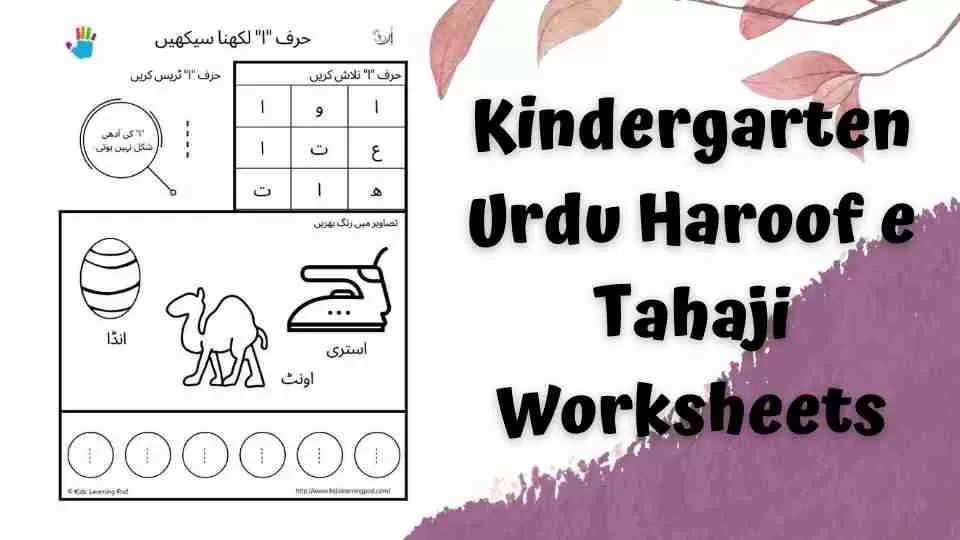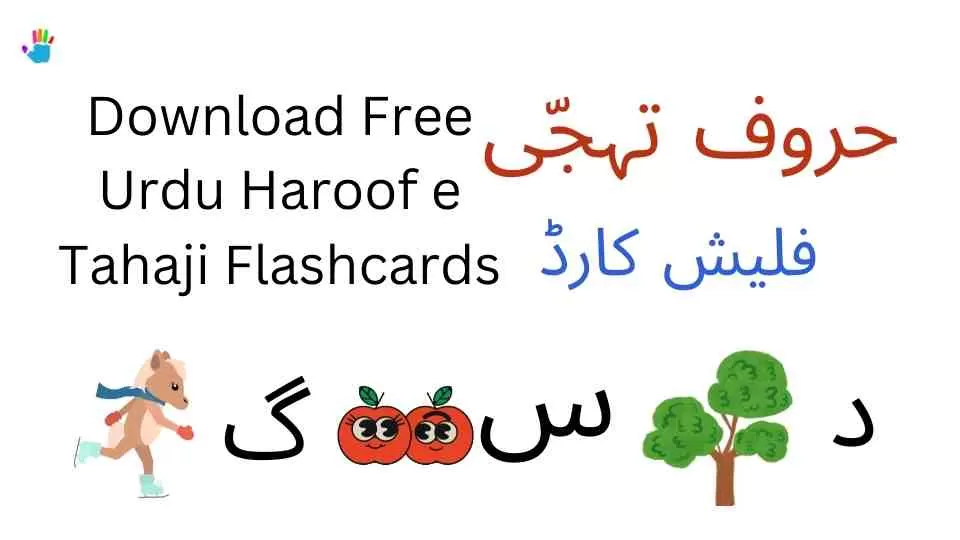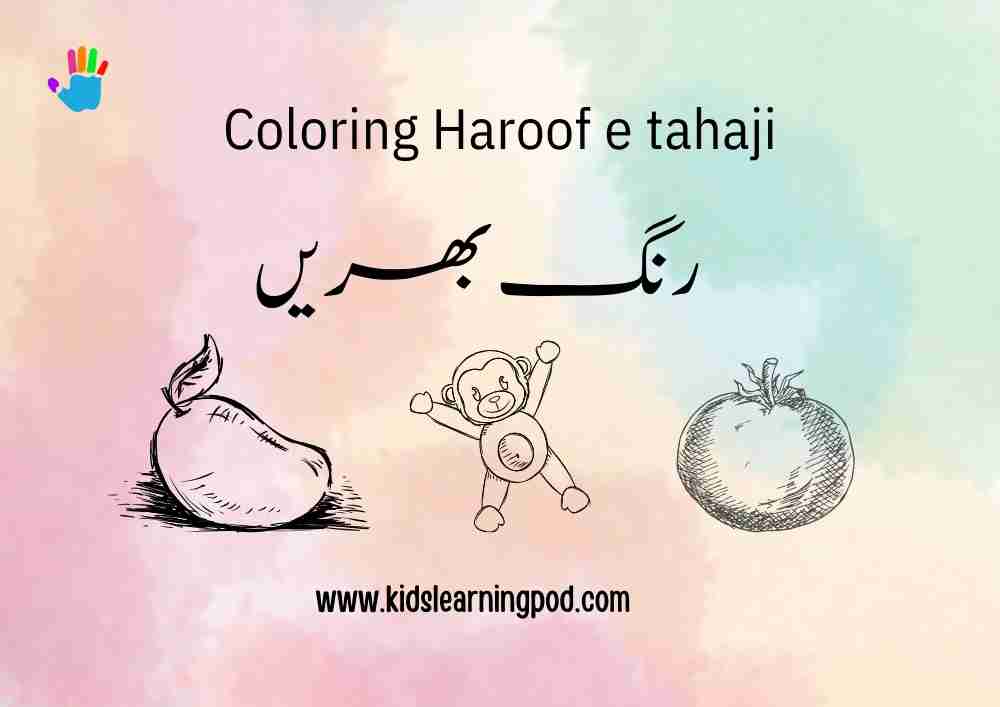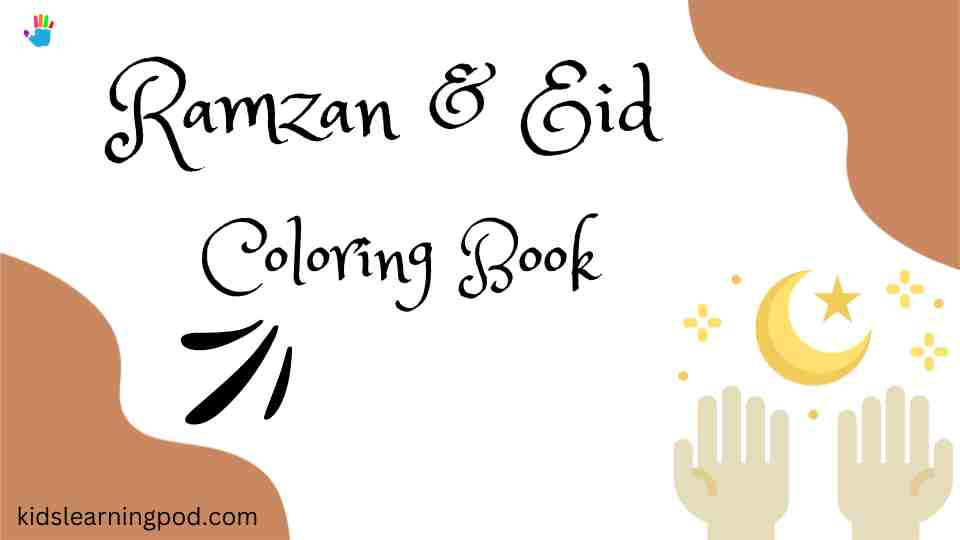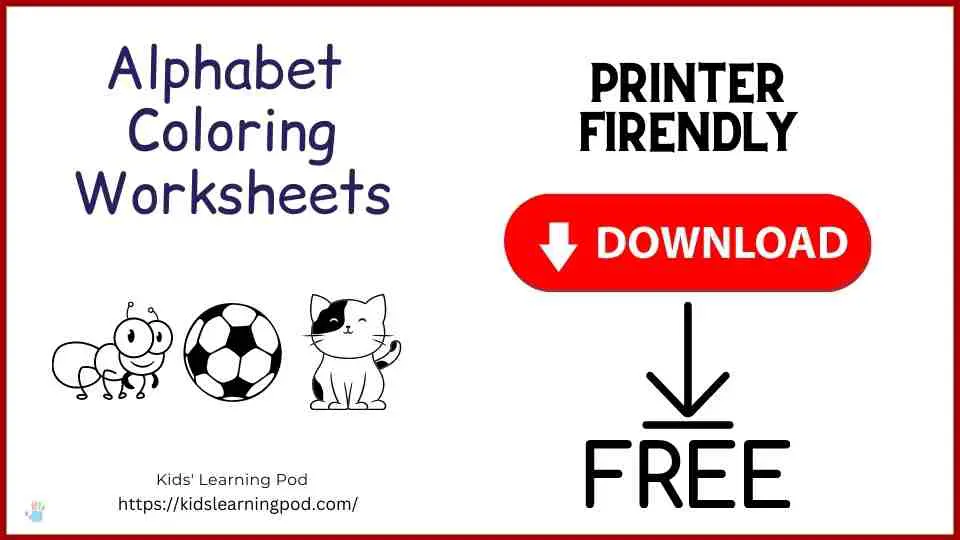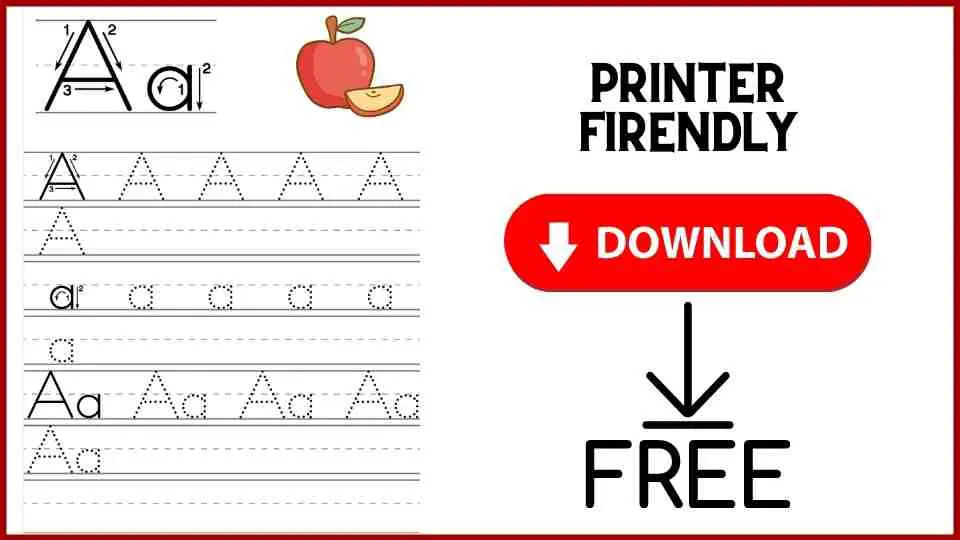Elements or Compounds Worksheet
Table of Contents
Learning using elements compounds and mixtures worksheet can be a fun to learn concepts. Understanding the fundamentals of chemistry can open up a world of curiosity and innovation for young learners. For parents, teachers, and educators, providing the tools to grasp these concepts is essential. One such tool is a well-structured worksheet focused on elements, compounds, and mixtures. This blog post aims to guide you in creating an engaging and educational worksheet that will captivate your students’ interest.
The Importance of Understanding Elements, Compounds, and Mixtures
Chemistry is all around us. From the air we breathe to the food we eat, elements, compounds, and mixtures play crucial roles in our daily lives. Understanding these basic concepts is foundational for students as they advance in science education.
A solid grasp of these topics not only aids in academic success but also fosters critical thinking skills. It helps students make sense of the world, understand scientific literature, and apply their knowledge in practical situations.
By introducing these concepts through a worksheet, educators can provide a hands-on learning experience that reinforces theoretical knowledge. Worksheets can simplify complex ideas, making them accessible and enjoyable for learners of all ages Elements Compounds and Mixtures Worksheet.
The Purpose of the Elements or Compounds Worksheet
The primary goal of the worksheet is to help students differentiate between elements, compounds, and mixtures. By the end of the exercise, students should be able to:
- Define what an element, compound, and mixture is.
- Identify examples of each.
- Understand the characteristics and differences between them.
- Apply this knowledge in real-life scenarios.
Understanding Elements
Definition of Elements
An element is a substance that cannot be broken down into simpler substances by chemical means. Each element is made up of atoms, all of which have the same number of protons in their nuclei. The periodic table lists all known elements, each with unique properties using Elements Compounds and Mixtures Worksheet.
Characteristics of Elements
Elements are pure substances and consist of only one type of atom. They can exist as solids, liquids, or gases at room temperature. Some common characteristics include:
- Atomic Number: The number of protons in an element’s nucleus.
- Symbol: Each element is represented by a one or two-letter symbol (e.g., H for Hydrogen, O for Oxygen).
- Atomic Mass: The mass of an atom, typically expressed in atomic mass units (amu).
Examples of Elements: Elements Compounds and Mixtures Worksheet
Here are a few examples of elements:
- Oxygen (O): Essential for respiration in living organisms.
- Gold (Au): A precious metal used in jewelry and electronics.
- Carbon (C): Found in all organic life forms and many inorganic substances.
Exploring Elements or Compounds Worksheet

Definition of Compounds
A compound is a substance formed when two or more elements are chemically bonded together. These bonds can be ionic or covalent. Compounds have fixed ratios of elements, resulting in specific chemical properties distinct from the individual elements.
Characteristics of Compounds
Compounds differ from mixtures in that they have uniform properties and cannot be separated by physical means. Some key characteristics include Elements or Compounds Worksheet:
- Chemical Formula: Represents the elements in a compound and their ratios (e.g., H2O for water).
- Chemical Bonds: The force holding the atoms together, which could be ionic, covalent, or metallic.
- Properties: Compounds have unique properties, such as boiling and melting points, which are different from the individual elements.
- You may download a solved worksheet here as well.
Examples of Compounds
Here are a few commonly known compounds and you can learn more using Elements Compounds and Mixtures Worksheet
- Water (H2O): A vital compound for all known forms of life.
- Sodium Chloride (NaCl): Commonly known as table salt.
- Carbon Dioxide (CO2): A gas produced by respiration and combustion.
Let’s see Mixtures

Definition of Mixtures
A mixture is a combination of two or more substances that are not chemically bonded. The components retain their individual properties and can be separated by physical means. Download worksheets from twinkle.
Types of Mixtures
Mixtures can be classified into two main types for Elements or Compounds Worksheet:
- Homogeneous Mixtures: The composition is uniform throughout. Examples include saltwater and air.
- Heterogeneous Mixtures: The composition is not uniform, and different parts of the mixture are easily identifiable. Examples include salad and sand.
Examples of Mixtures
Here are some examples of mixtures and you can learn more using elements compounds and mixtures worksheet
- Salad (Heterogeneous): Different ingredients like lettuce, tomatoes, and cucumbers.
- Saltwater (Homogeneous): Salt dissolved in water.
- Air (Homogeneous): A mixture of gases like oxygen, nitrogen, and carbon dioxide.
Differences Between Elements, Compounds, and Mixtures
Key Differences: Elements or Compounds Worksheet
Understanding the distinctions between elements, compounds, and mixtures is crucial for chemistry students. Here are the primary differences:
- Composition:
- Elements consist of one type of atom.
- Compounds consist of two or more elements chemically bonded.
- Mixtures consist of two or more substances physically combined.
- Separation:
- Elements cannot be broken down by chemical means.
- Compounds can be separated into elements by chemical reactions.
- Mixtures can be separated by physical means like filtration or evaporation.
- Properties:
- Elements have unique properties.
- Compounds have specific chemical and physical properties.
- Mixtures retain the properties of their individual components.
Visual Aids for Better Understanding
Using visual aids can significantly enhance understanding. Diagrams of atoms, molecules, and mixtures can illustrate the differences clearly. Interactive simulations and videos can also be valuable tools for visual learners such as elements compounds and mixtures worksheet.
Why These Concepts Matter for Elements or Compounds Worksheet

Real-Life Applications
The concepts of elements, compounds, and mixtures are not confined to the classroom—they have real-world applications. For example:
- Medical Field: Understanding compounds helps in the formulation of medicines.
- Environmental Science: Knowing about mixtures aids in pollution control and waste management.
- Cooking: Recipes often involve creating mixtures and understanding the properties of compounds.
Importance in Science Education
A strong foundation in these basic chemistry concepts is essential for students pursuing careers in science, engineering, and health-related fields in elements compounds and mixtures worksheet. It also helps in developing analytical and problem-solving skills.
Creating a Worksheet
Components of an Effective Worksheet
An effective worksheet should be:
- Engaging: Use colorful images and interactive elements.
- Clear: Provide clear instructions and definitions.
- Challenging: Include questions that test different levels of understanding.
Tips for Designing Engaging Worksheets
To keep students engaged:
- Use real-life examples and relatable scenarios.
- Incorporate puzzles and games.
- Provide spaces for drawing and labeling diagrams.
Sample Worksheet Questions
Identification Questions
- Identify whether the following substances are elements, compounds, or mixtures:
- Oxygen
- Water
- Salad
Comparison Questions
- Compare and contrast homogeneous and heterogeneous mixtures using elements compounds and mixtures worksheet.
Application Questions
- Explain how you would separate a mixture of sand and salt.
Answers to Sample Worksheet Questions
Detailed Answers
- Identification:
- Oxygen (Element)
- Water (Compound)
- Salad (Mixture)
Explanations for Each Answer
- Oxygen is an element because it consists of only one type of atom.
- Water is a compound made of hydrogen and oxygen atoms bonded together.
- Salad is a mixture because it contains various ingredients that can be separated physically.
Activities to Supplement the Elements or Compounds Worksheet
Hands-On Experiments
- Separation Experiment:
- Mix salt and sand, then separate them using water and filtration.
Group Activities
- Role-Playing:
- Assign students different elements and have them form compounds and mixtures and use elements compounds and mixtures worksheet.
Interactive Online Resources
- Virtual Labs:
- Use online simulations to experiment with elements, compounds, and mixtures.
Common Mistakes to Avoid
Misunderstanding Definitions
Ensure students understand that elements are pure substances, compounds are chemically bonded, and mixtures are physically combined.
Confusing Mixtures with Compounds
Clarify that compounds have fixed ratios of elements, while mixtures do not. Use elements compounds and mixtures worksheet.
Overlooking the Importance of Proportions in Compounds
Explain that the properties of compounds depend on the exact ratios of their constituent elements. Download element of art worksheets here.
Additional Resources
Recommended Textbooks for Elements or Compounds Worksheet
- Chemistry for Kids” by Adrian Dingle
Online Tutorials
- Khan Academy has excellent resources on elements, compounds, and mixtures.
Interactive Simulations
- PhET Interactive Simulations offers free chemistry simulations.
Learn with rap: elements compounds and mixtures worksheet
Conclusion
Understanding elements, compounds, and mixtures is fundamental to the study of chemistry and science as a whole. By using engaging worksheets and practical activities, educators can make these concepts accessible and enjoyable for students. Encourage your students to explore further and discover the endless possibilities that a solid foundation in chemistry can offer using elements compounds and mixtures worksheet.
FAQs
What is the simplest way to distinguish between a compound and a mixture?
Compounds have elements chemically bonded in fixed ratios, while mixtures are physically combined and can be separated by physical means for Elements or Compounds Worksheet.
How can everyday items help in understanding these concepts?
Everyday items like water (compound) and salad (mixture) can serve as relatable examples.
Why is it important to know about elements, compounds, and mixtures?
Understanding these concepts is essential for scientific literacy and has practical applications in various fields, including medicine, environmental science, and cooking.
What are some advanced topics related to elements, compounds, and mixtures?
Advanced topics include chemical bonding, molecular structures, and stoichiometry for Elements or Compounds Worksheet.
How can teachers make learning about these concepts fun using elements compounds and mixtures worksheet?
Teachers can use interactive activities, hands-on experiments, and real-life examples to make learning engaging and enjoyable elements compounds and mixtures worksheet.
